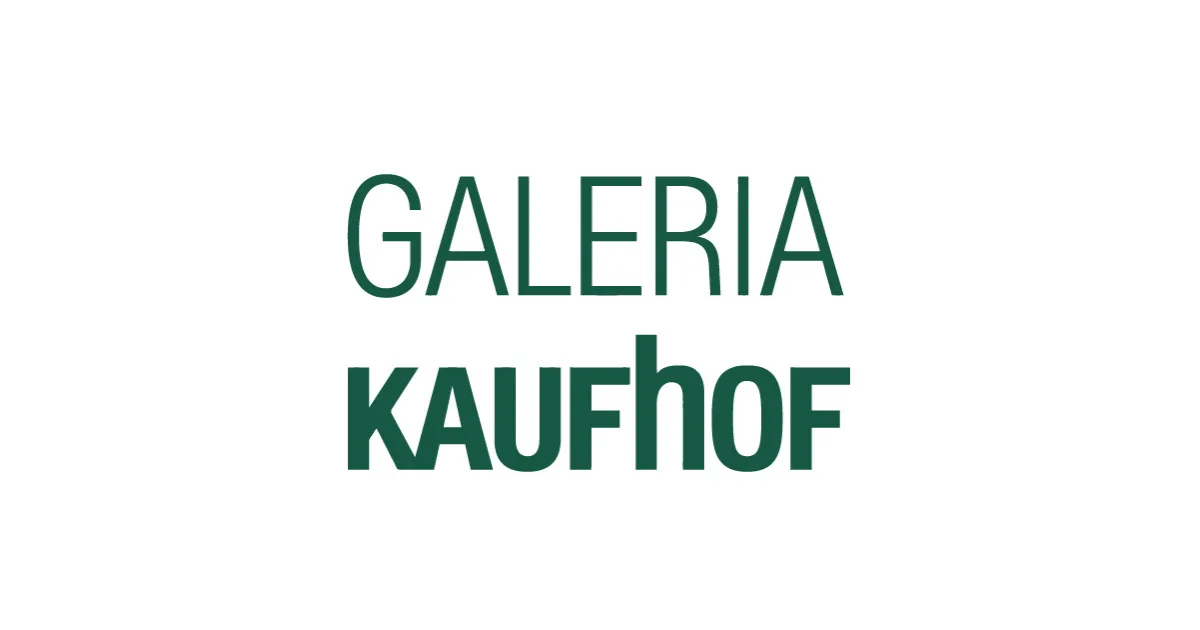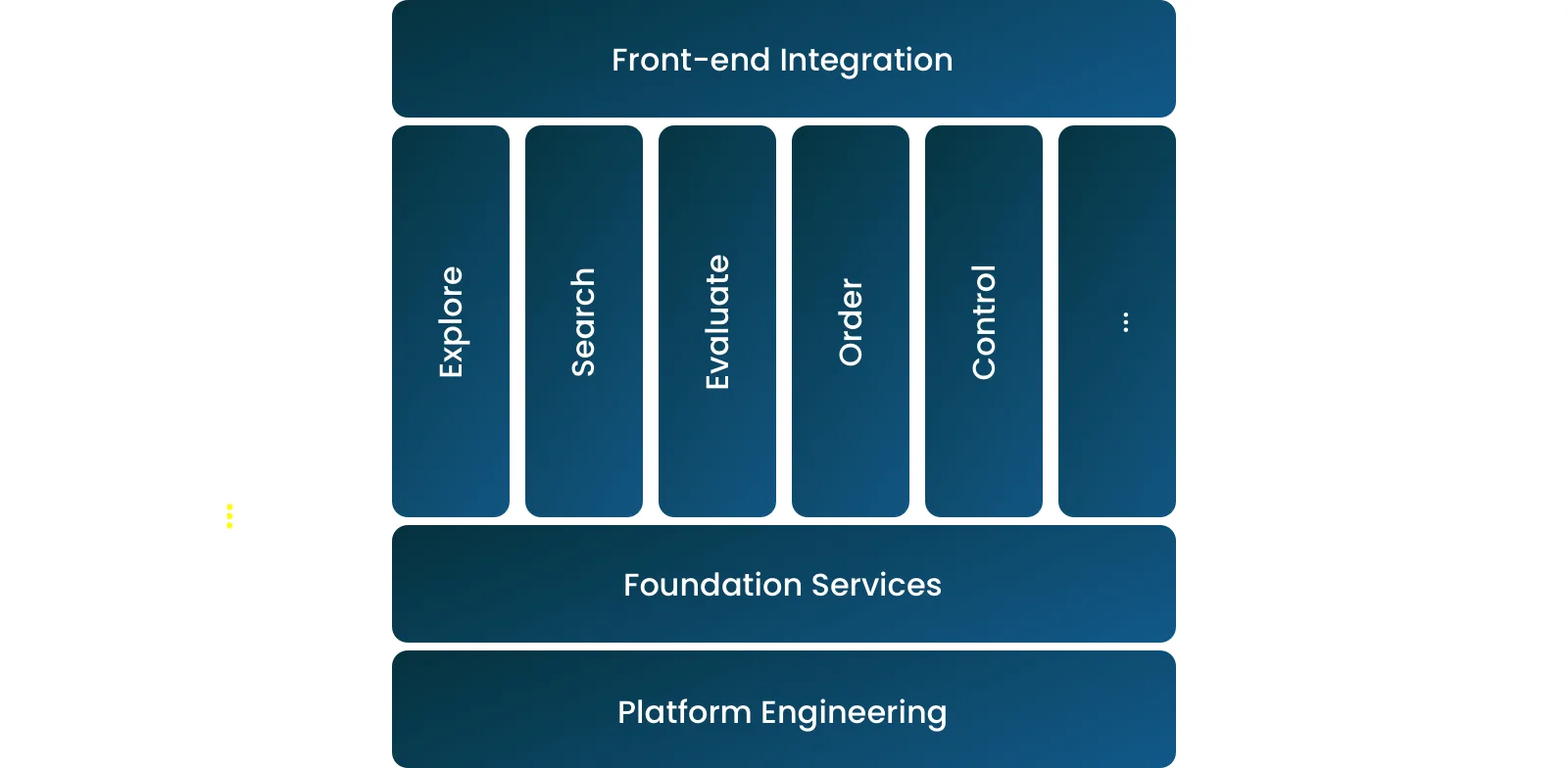Case Study
Galeria Kaufhof
E-Commerce Backend Services

Case Study
E-Commerce Backend Services

"We used different open source and commercial tools to conduct performance and load tests. After creating reference tests we decided StormForge would be the right tool for the job. Performance analysis is a tool decision."
Manuel Kiessling
EShop Systeme, Galeria Kaufhof GmbH
In June 2015, our customer GALERIA Kaufhof* relaunched their E-commerce platform galeria.de.
Several teams worked for about a year on this greenfields project aimed at building a new foundation for their customer shopping experience.
Prior to the official relaunch, we conducted comprehensive performance and load tests for quality assurance, configuration testing and capacity planning.
inoio, which is one of GALERIA Kaufhofs contractors, wrote a nice (German) blog post (English translation) on the general architecture of this endeavor.
The goal of the rebuild was to get rid of the monolithic system and introduce a new scalable, shared-nothing, self contained systems architecture to be ready for future features with a reduced time-to-market. Everything from the operational environment up to the user interface and user experience was redesigned and build from scratch.

Kaufhofs team and architecture is divided along business domain areas into scrum teams:
Systems contained in these domain areas, also called “verticals”, are designed to
The only thing these self contained systems share, is the platform they operate on. Each of these systems has the authority about its front-end, business logic down to data storage.
We joined the effort backed by the platform engineering team (PENG for short). PENG provided insights like log and monitoring data while we conducted our testing and analysis.
Our general approach is to assess systems in a bottom-up approach. For this project we ended up with three test categories:
There were also a couple of tests to establish a baseline in network performance and latency. As well as a set of specialized tests to stress the shop’s content delivery and caching architecture.
Using test cases from our first step as reference, we evaluated different OpenStack-based providers and their flavors of compute instances and other configuration aspects. All providers were located in Europe, but we still had to verify that the bandwidth and base latency between the individual providers and our load generators in Frankfurt (AWS eu-central-1) and Dublin (AWS eu-west-1) are well known and understood.
The platform engineering team build a operating environment where each team can deploy their application to. They make this possible by utilizing OpenStack APIs and automate the entire provisioning processes using Puppet. This made it very simple to bootstrap and manage different target environments and e.g. make configuration related changes.
For our customer we ended up in comparing multiple providers with traffic originating from Frankfurt and Dublin.
"The flexibility of StormForge enabled our platform engineering team to run large load tests targeting different environments and data centers with ease."
Torsten Hamper
Head of System Engineering eShop Systems, GALERIA Kaufhof GmbH
GALERIA Kaufhof succeeded with their relaunch project and managed to create a modern, well designed and scalable E-commerce platform.
Evaluating different target environment is as important as testing system and application level configurations. Understanding the basic performance characteristics is also crucial for capacity planing and resource estimation e.g. when you have to ensure the system is ready for big marketing events and traffic spikes.
In case you speak German and would like read more about the ongoing development, check out GALERIA Kaufhofs blog at tech.kaufhof.io.
* In January 2020, Galeria Kaufhof and Karstadt merged and now appear under the common name Galeria Karstadt Kaufhof
Some testimonials, case studies and customer references are historically approved by StormForger GmbH/Germany, which was acquired by StormForge in 2020. Please reach out to us if you have any comments or suggestions on the approved usage of the information: marketing@stormforge.io.
We’d love to chat.
We use cookies to provide you with a better website experience and to analyze the site traffic. Please read our "privacy policy" for more information.